THE ALPS
DEVELOPMENT COSTS


Watch a shorter, captioned version of the video.
Tall, overgrown grass devours the legs of the gray plastic chair 60-year-old Georg Gschwendtner is sitting on in his backyard.
He lives with his wife and their three children on 3.5 hectares of land, complete with an old, traditional Bavarian, triangulated roof house with flower pots decorating the upper-floor balconies.
The property has been in the Gschwendtner family for three generations.
But this may all soon be destroyed to make space for three of five proposed two-way railway routes for the northern feeder line to the Brenner Base Tunnel.
The rail routes could run right through the 100-year-old house and through the fields on which his family's eight Hanoverian horses graze.
The Brenner Base Tunnel is a grandiose $11.8 billion railway project intended to ease the traffic congestion through the notoriously difficult mountains of the Alps by providing a much more direct route from the Mediterranean to Scandinavia.
Today, most goods are still driven by trucks along the twists and turns of Alpine motorways and across the Brenner Pass, one of the most important north-south European connectors and the border between Austria and Italy.
By carving three, eight-meter-wide, 64 kilometer-long tunnels through the quartz and slate rock of the surrounding mountains, freight and passenger trains will be able to cross the area more than three times as fast, revolutionizing Alpine rail transit.
The European Commission spokesperson for transport, Stefan De Keersmaecker, told CGTN Europe that "trains will be able to pass through the tunnel at speeds of over 200 km/h so travel time for passengers will be reduced from 80 minutes to 25 minutes from Innsbruck in Austria to Fortezza in Italy."
Once in operation in 2028, The Brenner Base Tunnel, facilitating a Europe-wide line, will be the longest railway tunnel in the world.
This story is part of CGTN Europe's series The Alps: Timeless and changing.

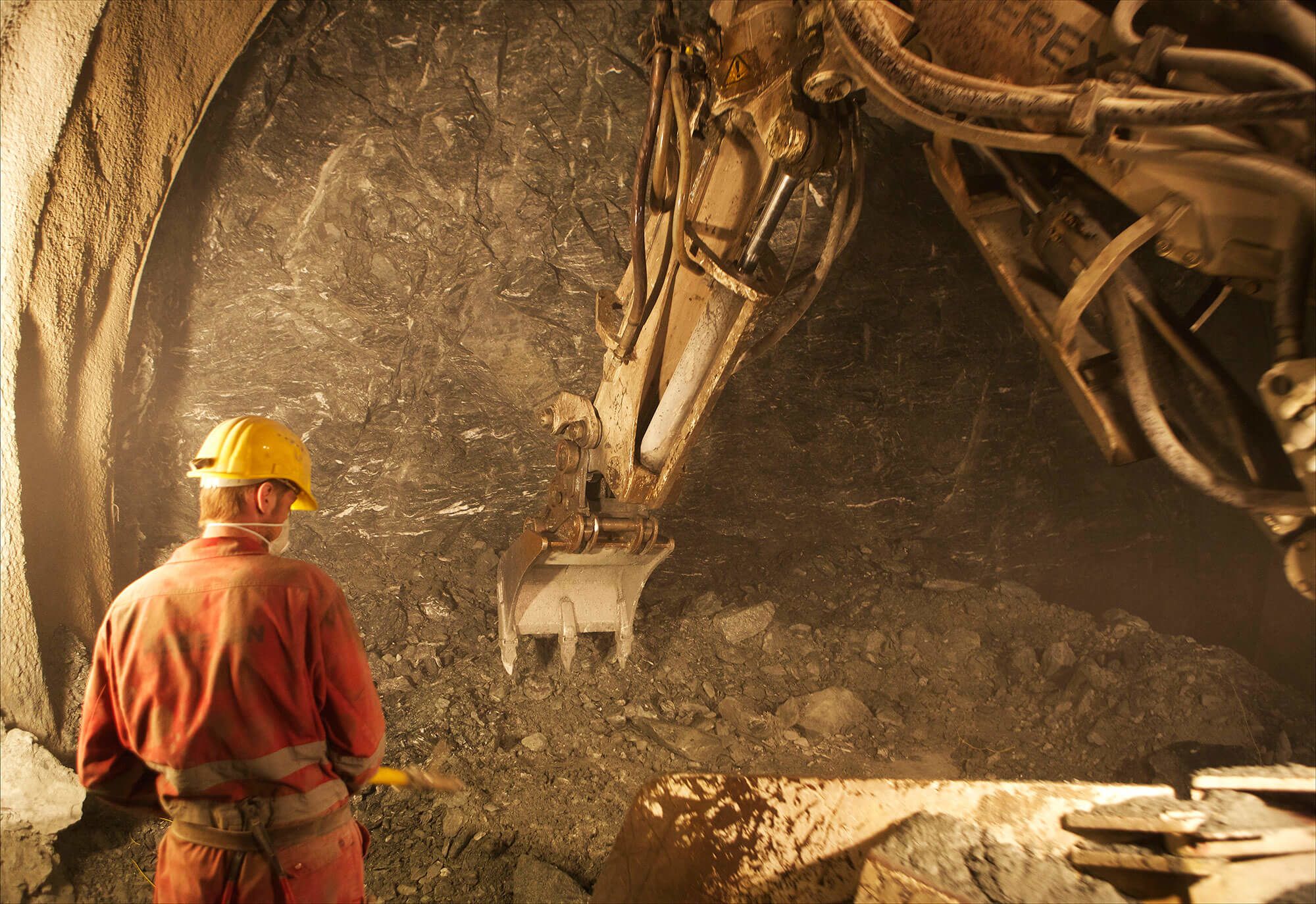
Watch a longer version of the video.
Tall, overgrown grass devours the legs of the gray plastic chair 60-year-old Georg Gschwendtner is sitting on in his backyard.
He lives with his wife and their three children on 3.5 hectares of land, complete with an old, traditional Bavarian, triangulated roof house with flower pots decorating the upper-floor balconies.
The property has been in the Gschwendtner family for three generations.
But this may all soon be destroyed to make space for three of five proposed two-way railway routes for the northern feeder line to the Brenner Base Tunnel.
The rail routes could run right through the 100-year-old house and through the fields on which his family's eight Hanoverian horses graze.
The Brenner Base Tunnel is a grandiose $11.8 billion railway project intended to ease the traffic congestion through the notoriously difficult mountains of the Alps by providing a much more direct route from the Mediterranean to Scandinavia.
Today, most goods are still driven by trucks along the twists and turns of Alpine motorways and across the Brenner Pass, one of the most important north-south European connectors and the border between Austria and Italy.
By carving three, eight-meter-wide, 64 kilometer-long tunnels through the quartz and slate rock of the surrounding mountains, freight and passenger trains will be able to cross the area more than three times as fast, revolutionizing Alpine rail transit.
The European Commission spokesperson for transport, Stefan De Keersmaecker, told CGTN Europe that "trains will be able to pass through the tunnel at speeds of over 200 km/h so travel time for passengers will be reduced from 80 minutes to 25 minutes from Innsbruck in Austria to Fortezza in Italy."
Once in operation in 2028, The Brenner Base Tunnel, facilitating a Europe-wide line, will be the longest railway tunnel in the world.
This story is part of CGTN Europe's series The Alps: Timeless and changing.


Unnecessary measure?
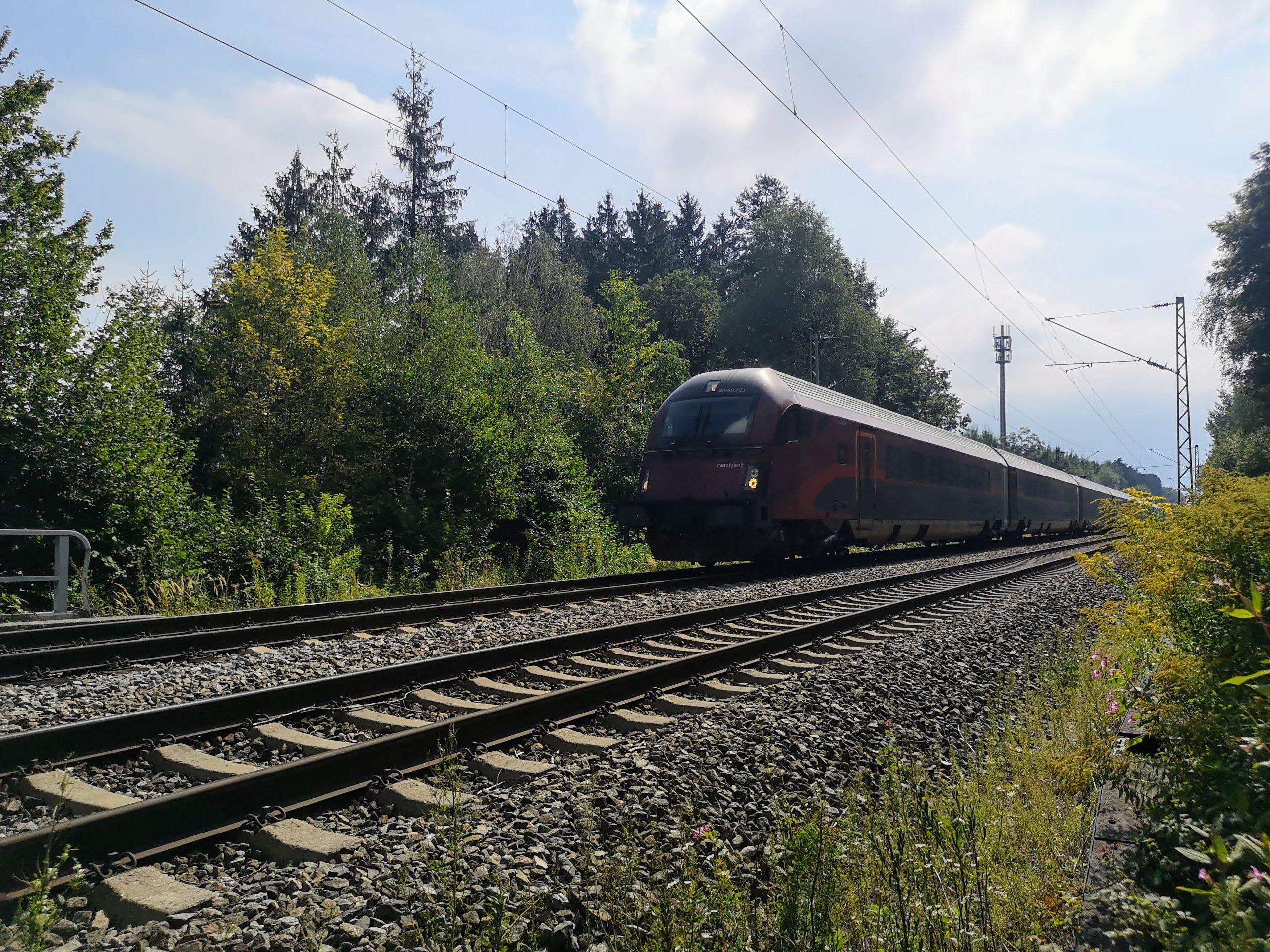
Germany's largest railway company, Deutsche Bahn, says the tracks need to be upgraded and modernized to relieve the roads from freight traffic.
Yet Gschwendtner disagrees. He says that he was told the "new route will be a high-speed train route, so that you can race through at 250 km/h – meaning freight trains will never run on these new tracks."
Right behind Gschwendtner's property is a heavily used six-lane motorway (the A93) and a two-way train line that connects to Austria and beyond, which he said is already sufficient for freight traffic.
Thousands of protesters have taken to the streets of the area's main city, Rosenheim, fearing the loss of their land and a decade-long construction site.
The city of Rosenheim has also rejected the project, calling it uneconomical and stating it sees no proof of its need.
There are also many environmental concerns about the new scheme, says Gerhard Hartlieb, a lawyer and co-chair of one of Rosenheim's 17 citizen initiatives against the new route.
"Our nature is seriously affected by this," Hartlieb says. "We have a wonderful landscape, we are a very tourism-intensive area. And we are afraid there will be a lot of 'soil sealing' due to the new railway tracks if they are built."
Soil sealing is the covering of the soil surface with impermeable material as a result of urban development and infrastructure construction, and it is one of the main causes of soil degradation in the EU.
It increases the risk of flooding during heavy rainfall and inhibits the ability to naturally fertilize the surrounding earth, putting biodiversity at risk and contributing to global warming.
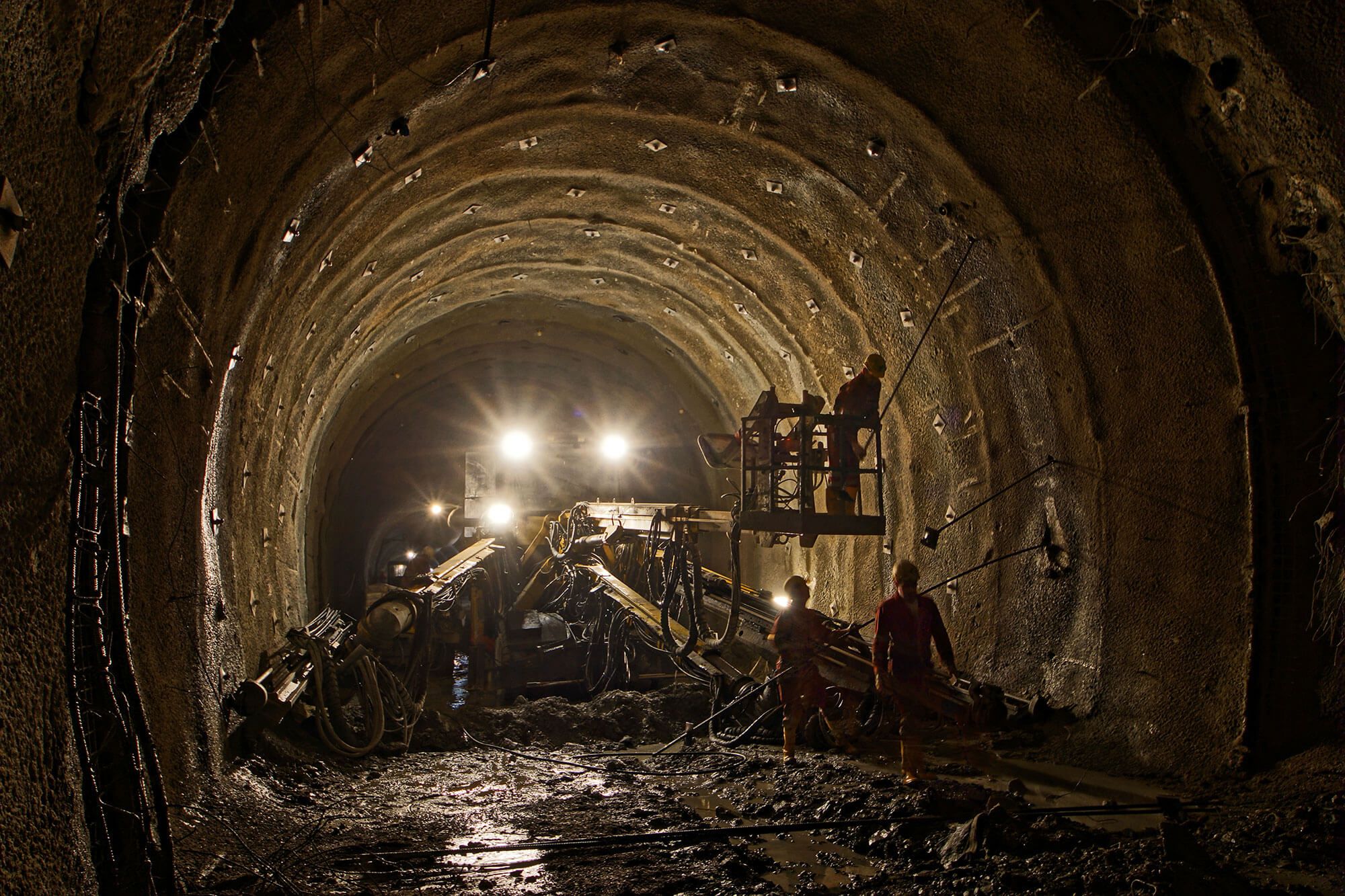
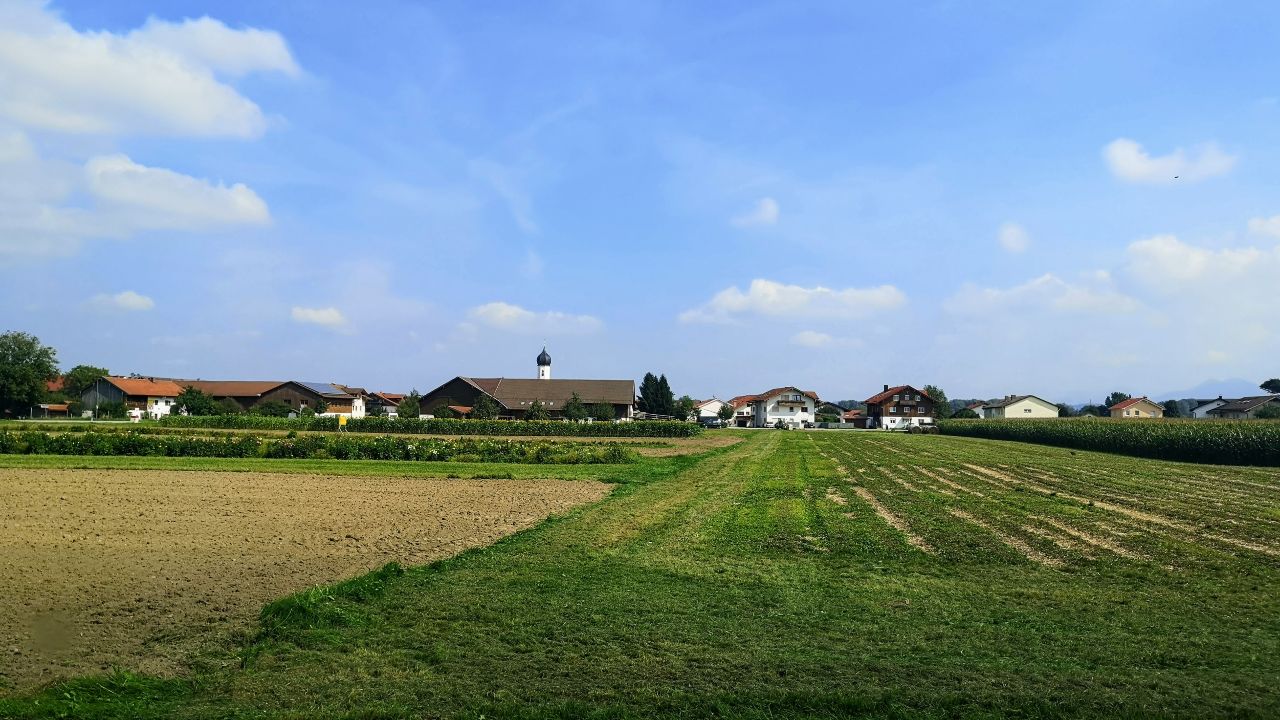
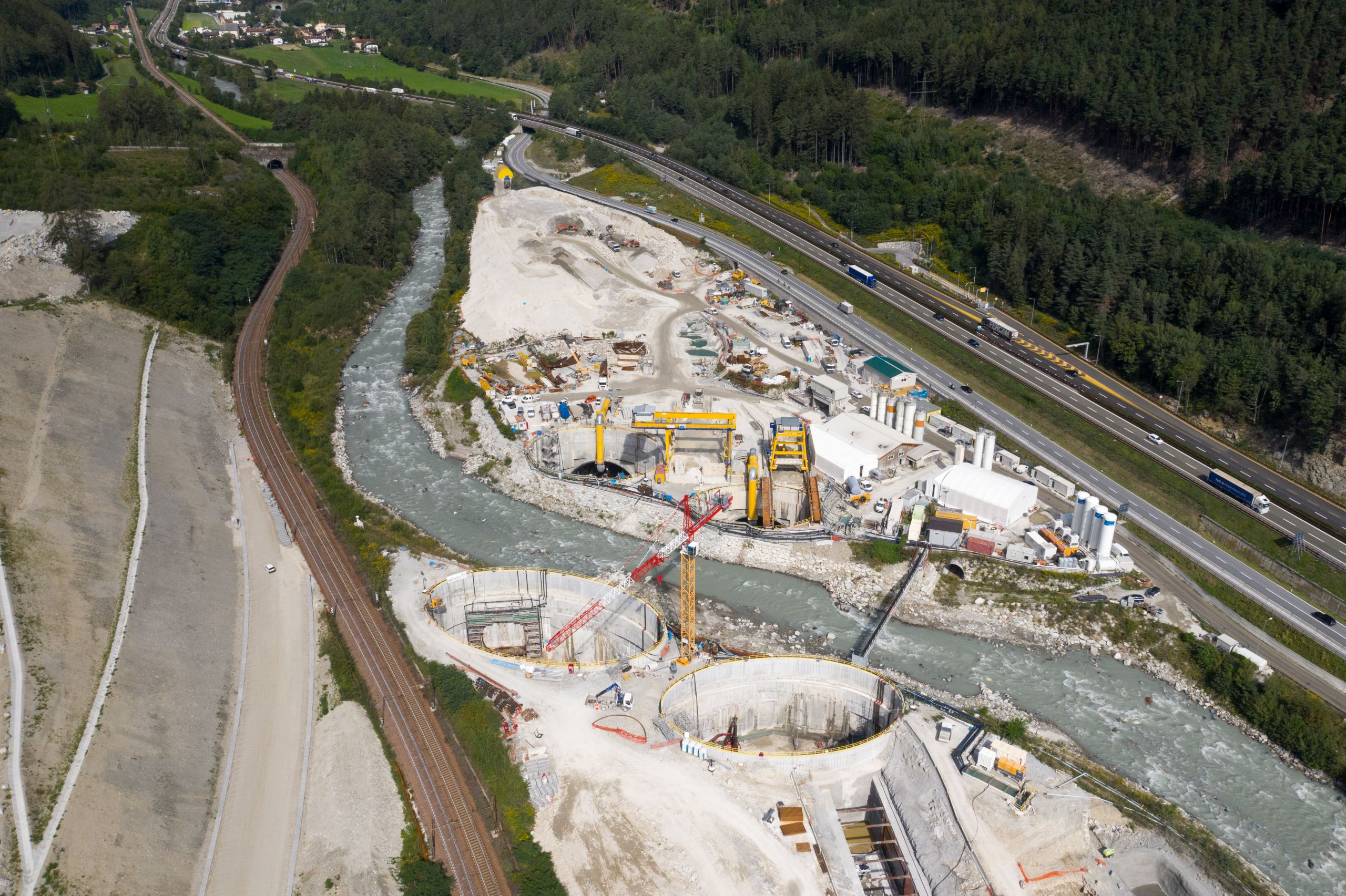
A good percentage of the Brenner Base Tunnel is already complete, but discussion on the northern feeder tracks is still ongoing.
The five proposed northern feeder line routes are currently under spatial planning review. Deutsche Bahn will then consider the results to make its final decision, which is expected early next year.
Local politicians and Gschwendtner's lawyer have told him that nothing can be argued legally until an actual line is decided on.
So there is nothing the Gschwendtner family can do for now, but wait.
"This is my home, this is my ancestry, my past is here. I will fight to the end, so that I can keep it for my family, otherwise, the whole story will be erased and, of course, I want to prevent that," Gschwendtner says.
But he also fears for the fate of his beautiful region and country.
"I think if the route is really built, then the Inn Valley, the very community that is here or has grown over centuries, will then be torn apart. There will only be satellite villages and I don't think the young population will stay here.
"And then the Inn valley, too, will be neglected or will no longer have the value it has at the moment. Therefore, I've already agreed with my family that we will definitely leave Germany."
According to Deutsche Bahn, a completed new line will not be available until 2038 at the earliest – 10 years after the opening of the Brenner Base Tunnel.
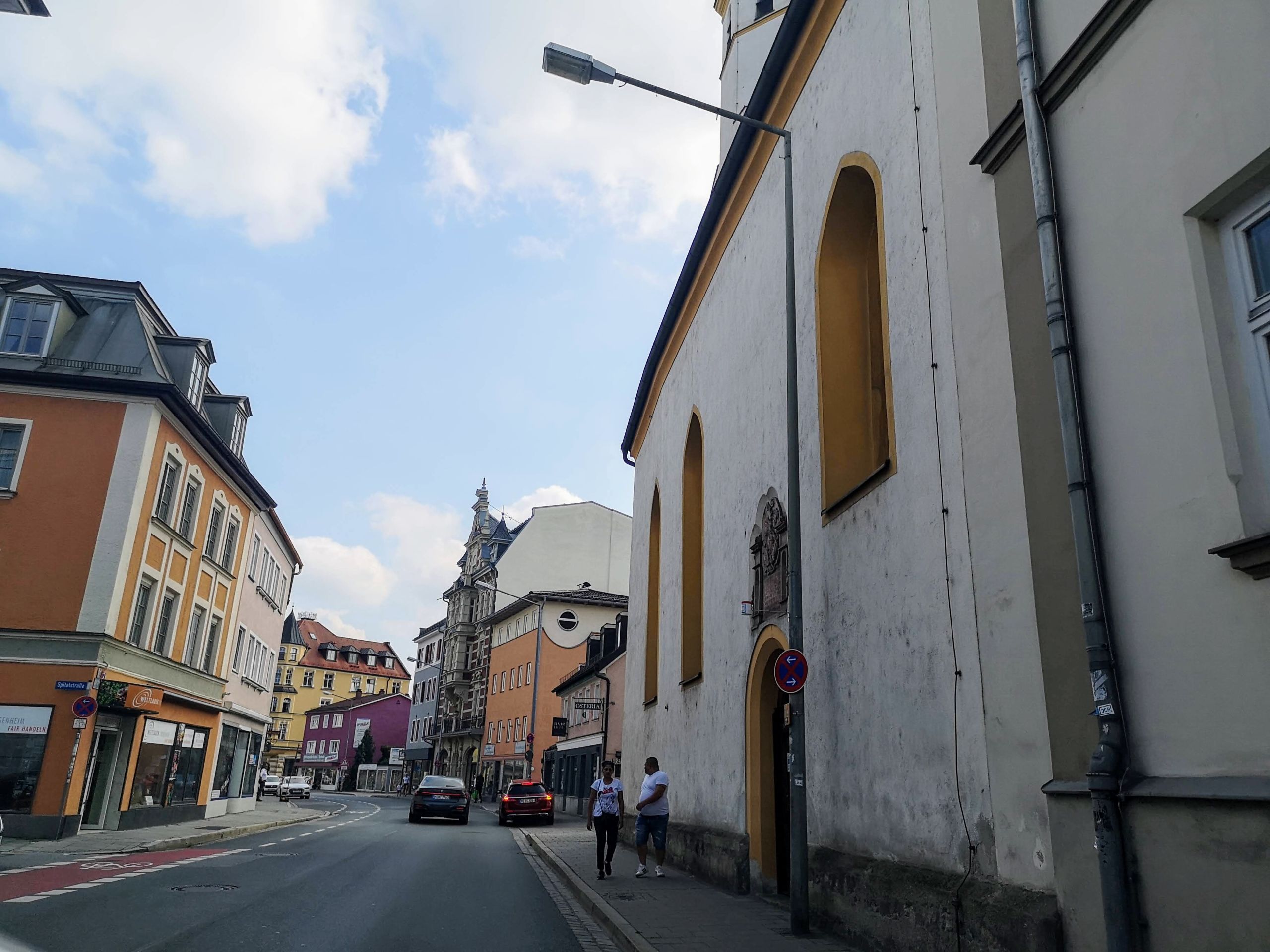
Credits:
Images of the tunnel: Brenner Base Tunnel.
Interviews: Natalie Carney. Video producers: Arij Limam and Natalie Carney. Video editor and graphics: Natália Luz.

CGTN EUROPE 2020
